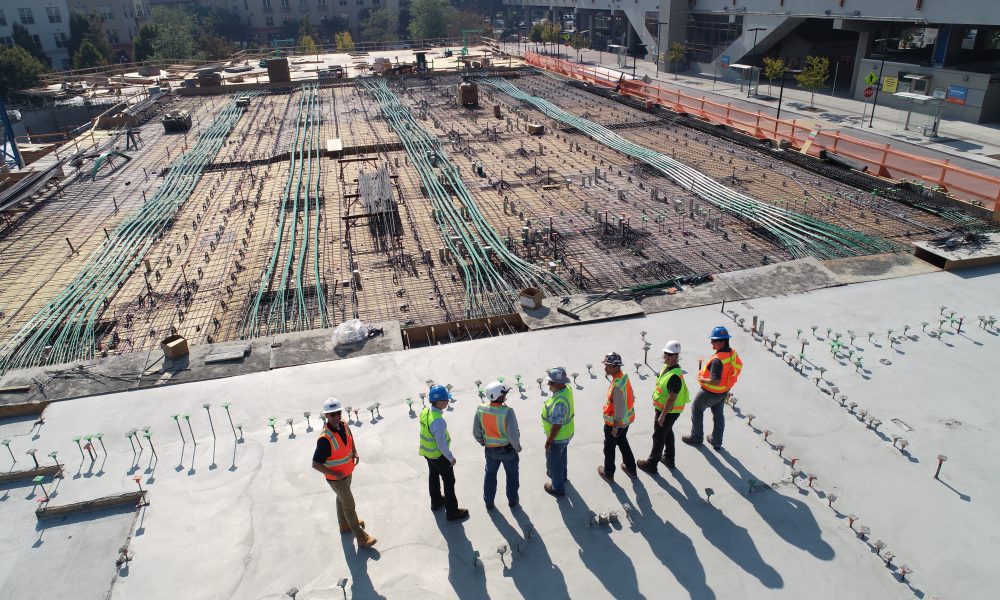As climate action becomes more urgent, there is a growing focus on embodied carbon within the built environment. An increasing amount of architects, engineers, and researchers are collaborating to establish common practices around the definition and reduction of embodied carbon as to produce fully decarbonized, or true Zero Carbon projects.
The International Living Future Institute has created the Embodied Carbon Guidance Document in order to provide rigorous and authentic practices and methodologies that help draw a common understanding of embodied carbon. This guidance seeks to help project teams quantify the reductions made within their projects and empower them to create measurable change in order to meet their climate action goals.
Key points of clarification within this document include:
- Embodied carbon reduction types and strategies
- Calculation scope and methodology
- Approved tools and calculators
There is a great urgency for the building sector to consider not only operational carbon impacts around energy use and efficiency, but the carbon intensity of the materials required to construct the building. Because there is an associated time value of carbon, all reductions made today are all the more impactful. Through the support of this Embodied Carbon Guidance, teams can identify where they can make the biggest moves to actively work to reduce the carbon impact of their buildings.
This document seeks to guide projects through the process of embodied carbon evaluation and reduction for both the Zero Carbon Certification and the Living Building Challenge 4.0 Energy Petal.
Download the resource here.



